Wildlife encounters can send your heart racing in exhilaration, but when you’re out hiking, they can also set nerves jangling. Believe me, I know. A little too much face time with a bear once taught me the value of understanding how to navigate wildlife situations during my hiking adventures.
In this post, we’re going to share 11 essential tips on handling wildlife encounters responsibly – ensuring both your safety and theirs because knowledge truly is the key to harmonious coexistence in their natural habitat.
So let’s take this journey together towards mastering safe and respectful interactions with our wild neighbors!
Key Takeaways
- Avoid hiking during the hottest part of the day to minimize encounters with animals like rattlesnakes and mountain lions.
- Stay hydrated and replenish electrolytes by drinking water before and during your hike, as well as having snacks with electrolytes for energy.
- Be aware of signs of heat – related illnesses, such as excessive sweating, nausea, dizziness, and severe headaches.
- Dress appropriately and pack layers to protect yourself from sunburns, insect bites, scratches, and be prepared for weather changes.
- Watch for wildlife while hiking and keep a safe distance of at least 25 yards to avoid disturbing their behavior or getting too close.
- Know your limits and rest often to minimize unexpected wildlife encounters when you’re tired or fatigued.
- Use the buddy system while hiking to alert animals to your presence and prevent surprising them alone.
- Leave your itinerary with a friend or relative for added safety in case of emergencies or getting lost.
- Stock your car with extra supplies like bear spray, noise – making devices, food, and water in case of unexpected encounters or emergencies.
- Never feed wildlife—disrupts their natural behavior & can create dependency on humans
- Avoid sudden movements & loud noises; give animals space & observe from a safe distance
- Stay calm & maintain eye contact without staring aggressively; never turn your back on the animal
- Don’t provoke or threaten wildlife; carry pepper spray/bear spray as precautions in areas known for dangerous animals
- Be cautious around mother animals with babies—they may become protective if they perceive you as a threat
- Research area’s wildlife before visiting—be better prepared for potential encounters while hiking
- Assertiveness might be necessary: make yourself appear larger by raising arms/speaking loudly if persistent animal approaches too closely
- Never feed wildlife to maintain ecological balance & prevent conflicts; observe from a safe distance
- Avoid surprising animals by staying calm, moving slowly, and being mindful of their active times
- Maintain a safe distance of 25 yards or more to respect their space & prevent dangerous situations
Tips for Minimizing Unwanted Wildlife Encounters While Hiking
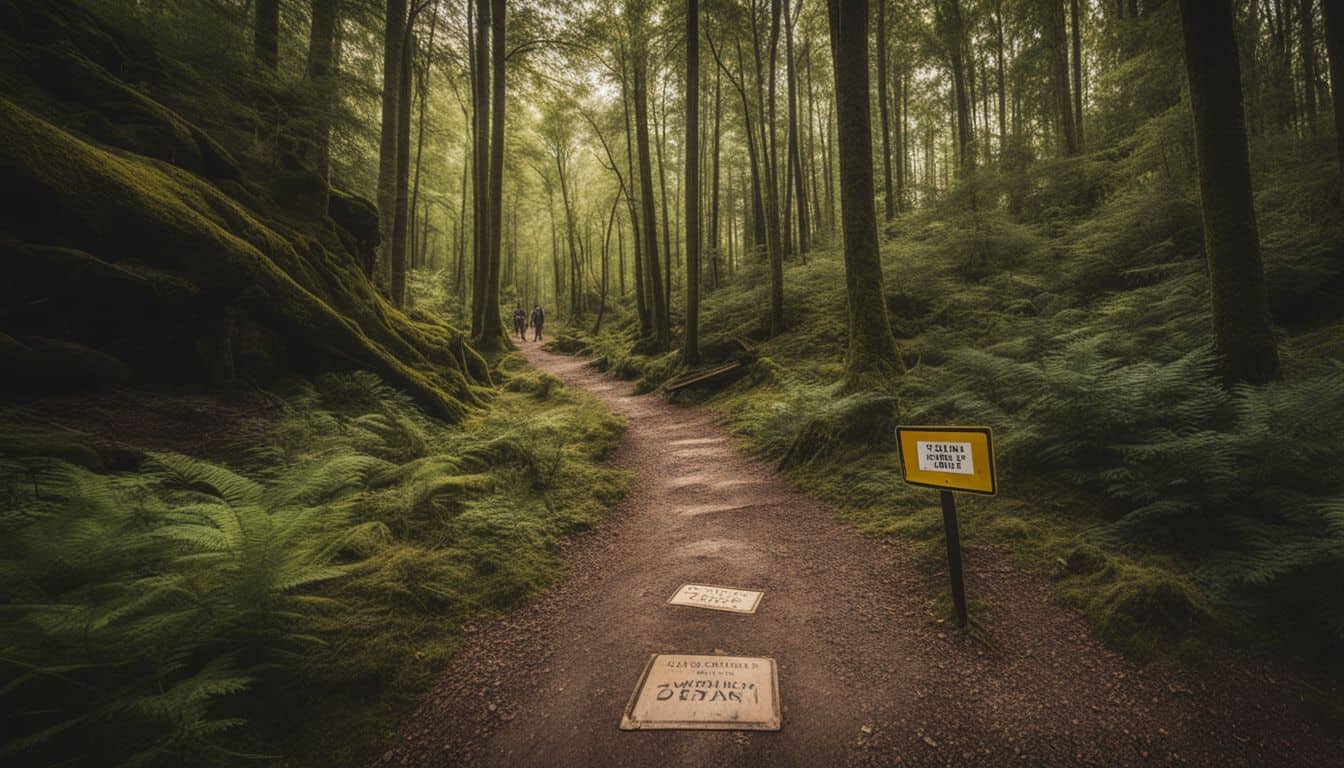
To minimize unwanted wildlife encounters while hiking, avoid hiking during the hottest part of the day and stay hydrated.
Avoid hiking during the hottest part of the day
The midday sun is harsh. It’s not good to hike then. Many animals, like rattlesnakes and mountain lions, come out in this hot time. This can make for unwanted scares on your hike. Hiking in the cooler parts of day keeps you safe from these creatures.
You are less likely to step on them or bother them. Always look ahead and around you while hiking to stay safe!
Stay hydrated and replenish electrolytes
I keep water close by when I hike. It helps my body stay cool and healthy. I start drinking water before my hike even starts. This helps me to not get thirsty during the walk.
On long hikes, just drinking water is not enough though. Our bodies also need something called electrolytes for energy and balance. These are in things like salt and bananas! After an hour of hiking, I often have a snack with these important elements too! But be careful not to drink too much water without adding some electrolytes back into your body – that can lead to low sodium levels which makes you feel bad.
Learn to recognize signs of heat-related illnesses
Heat can cause many problems. It can make you sweat too much. You might feel sick to your stomach. Your head could spin or hurt. These are signs of heat illness. It is not good to ignore them.
If you don’t drink enough water, it’s worse. This lack of water can cause cramps and other heat illnesses like heat exhaustion and stroke. Heat stroke has serious signs you must know about – a pale face, feeling sick so bad that you vomit, skin becomes cool and moist, headache gets severe, and body starts to cramp up badly.
Be aware of monsoons and flash floods
Monsoons and flash floods can happen while hiking, and they can be dangerous for both humans and wildlife. These weather conditions occur during the hot summer months and bring heavy rain that can cause rivers, streams, and creeks to flood quickly.
It’s important to avoid camping or parking near these areas during rainfall as they can flood without warning. Being aware of monsoon safety resources in your area will help you stay informed about potential risks associated with monsoons and flash floods so you can take necessary precautions while enjoying your hike.
Dress appropriately and pack layers
When hiking, it’s important to dress appropriately and pack layers. Wearing long sleeve shirts and long pants can help protect you from sunburns, insect bites, and scratches from plants.
Packing layers allows you to adjust your clothing according to the weather conditions and temperature changes that may occur during your hike. This way, you can stay comfortable and prepared for any unexpected changes in the weather.
So remember to choose the right outdoor clothing and bring along extra layers just in case!
Watch for wildlife and keep your distance
When hiking, it’s important to keep an eye out for wildlife and maintain a safe distance. If you notice any animals changing their behavior because of your presence, it means you’re too close and should back away.
Many parks recommend staying at least 25 yards away from wildlife to give them enough room to move comfortably. Remember, never feed the animals or interfere with their natural behavior like mating or hunting.
By watching from a distance and respecting their space, we can ensure both our safety and the well-being of the wildlife we encounter on our hikes.
Remember: Keep an eye out for wildlife while hiking and maintain a safe distance. Don’t get too close if they change their behavior because of you – that means you’re too close! Stay at least 25 yards away from animals to give them enough room to move freely.
Know your limits and rest often
Knowing your limits and resting often while hiking is crucial for minimizing the chances of encountering unwanted wildlife. Pushing yourself too hard and becoming fatigued can increase the likelihood of coming across animals in their natural habitat.
It’s important to be aware of your physical abilities and not overexert yourself, as fatigue can make you more vulnerable to unexpected encounters with wildlife. By taking regular breaks and resting when needed, you can reduce the risk and have a safer hiking experience when it comes to wildlife encounters.
So remember to listen to your body, know your limits, and rest frequently during your hikes.
Use the buddy system
When hiking, it’s important to use the buddy system. This means going with a friend or family member instead of hiking alone. The buddy system is not only helpful for navigation and safety purposes, but it can also help minimize unwanted wildlife encounters.
Having someone with you can alert animals to your presence and prevent unexpected and potentially dangerous encounters. So always remember, hiking is more enjoyable and safer when you have a buddy by your side.
Leave your itinerary with a friend or relative
I always make sure to leave my hiking itinerary with a friend or relative before heading out on the trails. It’s an important safety precaution that can give me peace of mind during my hike.
By sharing my plans, including the trail I’ll be taking, estimated return time, and any emergency contact numbers, I know that someone will be aware of my whereabouts in case anything goes wrong.
Whether it’s getting lost or encountering wildlife, having someone informed about my hiking plans adds an extra layer of safety and accountability to my outdoor adventures. Plus, if authorities need to be alerted for any reason, they will have all the necessary information to start searching in the right area.
Stock your car with extra supplies
Carrying extra supplies in your car is an important step to minimize unwanted wildlife encounters while hiking. It’s a good idea to have items like bear spray, noise-making devices, and extra food and water readily available.
These supplies can come in handy if you unexpectedly encounter wildlife or find yourself in an emergency situation. By stocking your car with these essentials, you’ll be better prepared for any unexpected situations that may arise while enjoying the great outdoors.
So before heading out on your hike, make sure to pack those extra supplies in your car for added peace of mind.
Guide on Dealing with Wildlife While Hiking

When hiking in areas with wildlife, it is important to know how to deal with encounters responsibly. Here are some helpful tips:.
1. First and foremost, never feed wildlife. It can disrupt their natural behavior and create dependency on humans for food.
2. If you come across wildlife unexpectedly, avoid sudden movements or loud noises that may startle them. Give them space and observe from a safe distance.
3. Stay calm during encounters and never turn your back on the animal. Maintain eye contact without staring aggressively.
4. Avoid provoking or threatening wildlife by throwing objects or making aggressive gestures towards them.
5. Carry pepper spray or bear spray as a precautionary measure, especially when hiking in areas known for bears or other potentially dangerous animals.
6. Be cautious around mother animals with their babies as they may become protective if they perceive you as a threat.
7. Before visiting an area, research the types of wildlife that reside there so you can be better prepared for potential encounters.
8. Sometimes assertiveness is necessary when dealing with persistent animals approaching too closely– make yourself appear larger by raising your arms and speaking loudly to deter them from coming closer.
By following these guidelines, we can ensure our safety while respecting the well-being of the wildlife we encounter during our hikes.
How to Handle Wildlife Encounters Responsibly
When encountering wildlife while hiking, it is important to remember several key guidelines for responsible handling and safety.
Never feed wildlife
Feeding wildlife is something I always make sure to avoid when I’m out hiking. It may seem harmless or even kind-hearted, but it can actually cause a lot of problems for both the animals and us humans.
When we feed wildlife, we disrupt their ability to find their own food in their natural habitats. They start relying on us for food, which is not good for them because they lose their natural instincts and skills to survive on their own.
This reliance on humans can also lead to increased human-wildlife conflicts. Animals may become aggressive and dependent on handouts from people, which can result in dangerous situations for both parties involved.
Additionally, feeding wildlife can have negative consequences for the animals’ health as well. Human food is not suitable or nutritious enough for most wild animals and could lead to malnutrition or other health issues.
To maintain the ecological balance and preserve sustainable ecosystems, it’s important that we refrain from feeding wildlife while hiking. Instead, focus on observing them from a safe distance without interfering with their natural behaviors.
Do not take wildlife by surprise
When hiking, it is important to remember not to take wildlife by surprise. Startling a wild animal can be dangerous for both you and the animal. To avoid surprising them, it is best to remain calm and move slowly.
Backing away from the animal while facing it can help prevent aggressive behavior. Additionally, making yourself look bigger by raising your arms or opening your jacket can also deter an animal from approaching you.
It’s important to know that many animals are most active during certain times of the day, such as at dawn, dusk, or during the night. It’s best to avoid hiking during these times to minimize encounters with wildlife.
Maintain a safe distance
When encountering wildlife while hiking, it is important to maintain a safe distance. Keeping a distance of at least 25 yards from most animals and 100 yards from predators is recommended by the United States National Park Service.
This helps ensure your safety and prevents any potential harm to the animals. Observing wildlife from a safe distance using binoculars or a zoom lens can still provide you with an up-close experience without getting too close.
Making noise while hiking can also help alert animals to your presence and prevent surprise encounters. So, remember to always give wildlife their space while enjoying the beauty of nature on your hikes.
Remain calm and do not turn your back to wildlife
When encountering wildlife while hiking, it’s important to stay calm and never turn your back to them. This helps in avoiding any potential danger or aggression from the animals. Instead, maintain a safe distance and slowly back away if necessary.
Making yourself look bigger by raising your arms or jacket can also help deter wildlife from approaching you. Remember, it’s crucial not to startle the animals and avoid any threatening gestures or actions.
By remaining calm and cautious, you can ensure a safer hiking experience for both yourself and the wildlife around you.
Do not threaten wildlife
When encountering wildlife while hiking, it’s crucial to remember not to threaten or provoke them. Wild animals typically don’t attack unless they feel threatened or in danger. By maintaining a safe distance and avoiding any aggressive behavior, you can help ensure a peaceful coexistence with these creatures.
It’s important to respect their space and natural behavior, refraining from approaching too closely or attempting to touch or feed them. By doing so, we can promote the safety of both ourselves and the wildlife we encounter during our hiking adventures.
Use pepper spray or bear spray if necessary
If you encounter aggressive wildlife while hiking, it’s important to know how to protect yourself. One effective tool is pepper spray or bear spray. It’s safe, easy to use, and has been shown to be highly effective in protecting people from serious injury or death in over 90% of cases.
Research conducted over a 20-year period confirms its effectiveness. Bear spray is designed specifically to stop aggressive behavior in bears and can travel up to 25 feet for about 7 seconds.
Remember, only use it if necessary and when faced with an immediate threat.
Be cautious when encountering a mother with her babies
When you come across a mother with her babies while hiking, it is crucial to be careful and give them plenty of space. Remember, you are in their territory, and they may feel threatened by your presence.
Approaching or trying to pet wild animals can be dangerous for both you and the animals. Touching wildlife should always be avoided. Most wild animals do not attack unless provoked or threatened, but it’s best to err on the side of caution and keep your distance.
So, if you encounter a mother with her babies, stay calm, maintain a safe distance, and avoid any actions that could potentially provoke or disturb them.
Research the types of wildlife in the area before visiting
Before going on a hike, it’s important to find out what kind of wildlife lives in the area. This will help you know what to expect and how to handle any encounters responsibly. By researching the types of wildlife in the area, you can learn about their behavior and characteristics, which will help prevent dangerous situations.
Different animals may require different approaches and precautions, so being aware of the specific types in the area is vital for your safety and for respecting nature.
Sometimes, assertiveness may be necessary
In some situations, it may be important to be assertive when encountering wildlife while hiking. This means taking action to prevent dangerous situations and keep both ourselves and the animals safe.
Being assertive can involve making loud noises, throwing objects, or using deterrents like pepper spray if needed. It’s about finding a balance between asserting our personal safety while also respecting the animals and their natural habitat.
So in certain circumstances, being assertive can help us avoid any potential harm during our hikes in the wilderness.
Specific Tips for Dealing with Bears, Cougars, Bison, Mountain Goats, Moose, Elk, and Snakes
When encountering bears, cougars, bison, mountain goats, moose, elk, or snakes while hiking, it’s important to stay safe. Here are some specific tips for dealing with these animals:
- Keep a safe distance: Always maintain a distance of at least 100 yards from bears and cougars. For bison and moose, stay at least 25 yards away. When it comes to mountain goats and elk, keep a minimum of 50 yards of distance. For snakes, give them space and do not try to handle them.
- Stay calm and avoid sudden movements: If you come across any of these animals, it’s important to remain calm and avoid making sudden movements. This will help prevent alarming them and reduce the chances of an aggressive response.
- Make yourself look bigger: In the case of bears or cougars approaching you, raise your arms above your head to make yourself appear larger. This may discourage them from getting closer.
- Back away slowly: If you encounter a bear or cougar that seems curious or interested in you, slowly back away without turning your back on them. Moving backwards will show that you’re not a threat.
- Do not approach wildlife: It’s crucial to never approach or attempt to touch any wild animal. Bison can be particularly dangerous if they feel threatened. Maintain a safe distance and observe from afar.
Additional Tips for Hiking in Desert Areas
When hiking in desert areas, it’s important to take extra precautions to ensure your safety. Here are some additional tips that you should keep in mind:
- Wear appropriate footwear: Most desert hikes can be done with tennis shoes, cross-trainers, or trail runners, rather than specialized hiking boots.
- Be aware of the weather conditions: Check the weather forecast before heading out on your hike. Desert temperatures can be extreme, so it’s important to dress accordingly and stay hydrated.
- Stay updated on wildfire locations: Before embarking on a desert hike, check for any ongoing wildfires in the area. It’s important to avoid hiking in areas that are at risk of wildfires.
- Protect yourself from the sun: Wear a hat, sunglasses, and sunscreen to protect yourself from the intense desert sun. It’s also a good idea to bring along extra water and electrolytes to stay hydrated.
- Be cautious of wildlife: Desert areas are home to various types of wildlife, including snakes. Be sure to research the types of wildlife in the area before your hike and know how to handle encounters responsibly.
- Plan your hike carefully: Make sure you have a well-planned itinerary and leave it with a friend or relative who knows when you’re expected to return. This is important for safety purposes in case anything goes wrong during your hike.
How to Stay Safe during Hunting Season
During hunting season, it’s important to stay safe while hiking. Knowing the hunting season dates and locations where hunting is allowed is crucial. This will help you avoid areas with potential hunting risks.
It’s also a good idea to wear bright colors while hiking, as this can enhance your visibility and make it less likely for hunters to mistake you for an animal. Being educated about the surroundings and aware of the specific hunting seasons for different animals in the area is essential for safety.
Make sure you know the rules and regulations regarding local hunting, including which weapons are permitted. Lastly, always hike in areas where hunting is not allowed during hunting season to minimize any potential dangers.
Importance of Wildlife Safety and Conservation
As a hiking enthusiast, it’s important to understand the significance of wildlife safety and conservation. By practicing responsible habits while hiking, we can help protect both ourselves and the animals we encounter.
Wildlife safety is about preventing dangerous encounters with animals by following tips like staying aware of our surroundings, maintaining a safe distance, and not feeding or threatening wildlife.
Conservation efforts are crucial for preserving biodiversity and protecting habitats for future generations. National parks and wildlife refuges play a vital role in conserving America’s fish and wildlife heritage.
So let’s do our part to promote the importance of wildlife safety and conservation while enjoying our hiking adventures.
What to Do if You Witness Illegal Wildlife Activity While Hiking
If I witness illegal wildlife activity while hiking, here’s what I should do:
- Report the activity to park rangers or law enforcement.
- Avoid confronting or intervening in the illegal activity. as it can be dangerous and potentially illegal.
- Take note of any details about the activity. like the species involved, location, and identifying information about the individuals involved.
- Document the activity with photographs or videos if possible. without putting myself or others at risk.
- Keep a safe distance from the activity and avoid engaging with the individuals involved.
Conclusion on Dealing With Wildlife While Hiking
In conclusion, when it comes to dealing with wildlife while hiking, it’s important to be prepared and take precautions. By following these 11 top tips, you can minimize unwanted encounters and ensure a safer and more enjoyable hiking experience.
Remember to stay aware of your surroundings, keep a safe distance from animals, properly store food, and respect their space. With these mastery tips in mind, you’ll be able to navigate the wilderness with confidence and have a greater appreciation for the wildlife around you.
Keep exploring and stay safe!
FAQs on Dealing With Wildlife While Hiking
1. How can I stay safe when encountering wildlife while hiking?
To stay safe when encountering wildlife while hiking, keep a safe distance, avoid feeding or approaching them, and make noise to alert them of your presence.
2. What should I do if I encounter a bear during my hike?
If you encounter a bear during your hike, remain calm, don’t run or scream, give the bear space to retreat, and slowly back away without turning your back on it.
3. Are there any precautions for hiking in snake-prone areas?
When hiking in snake-prone areas, watch where you step or place your hands, stick to well-traveled paths, wear protective clothing like long pants and boots, and be cautious around rocky areas.
4. How can I prevent insect bites while hiking?
To prevent insect bites while hiking, apply insect repellent before heading out, wear long sleeves and pants if possible (especially in wooded areas), avoid using scented products that attract insects, and check yourself for ticks after the hike.
5. Is it safe to approach wild animals for photographs or close encounters?
No,it is not safe to approach wild animals for photographs or close encounters as they are unpredictable and may become aggressive if they feel threatened. Keep a safe distance at all times.

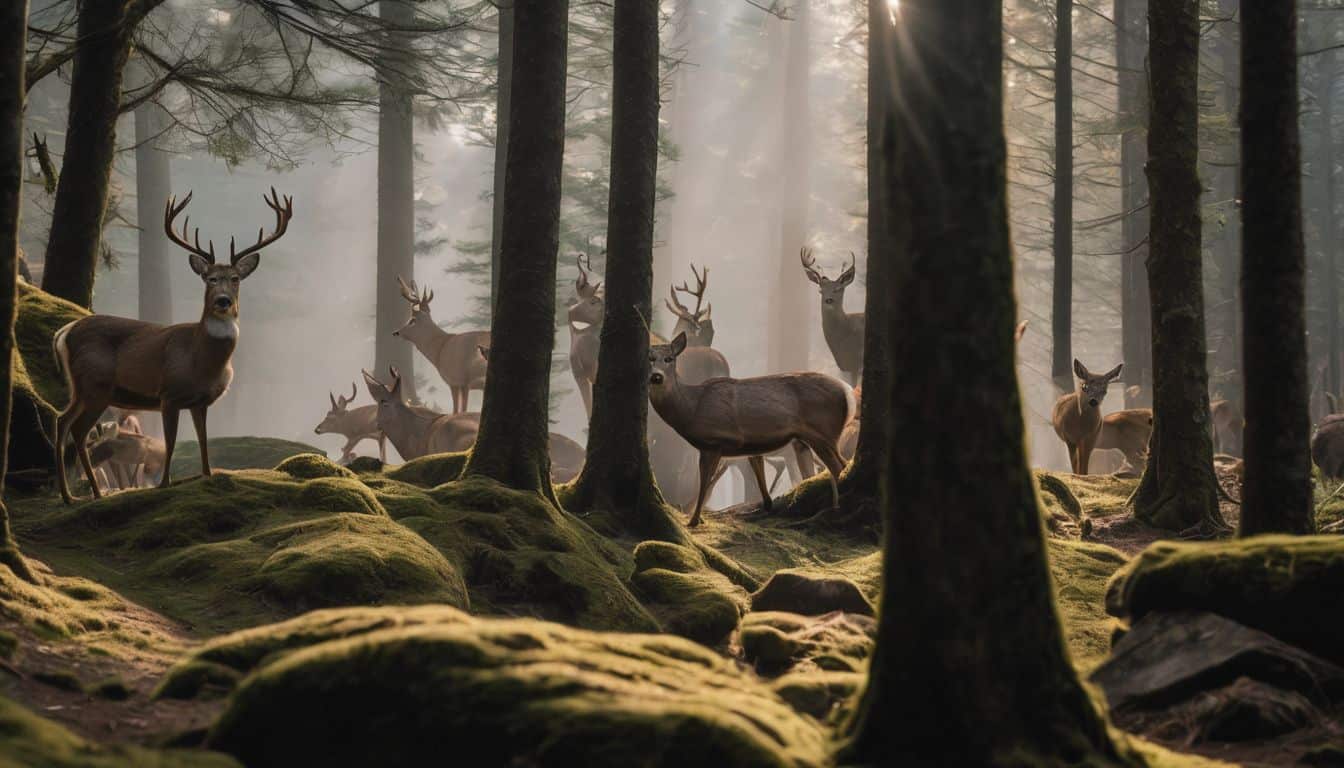
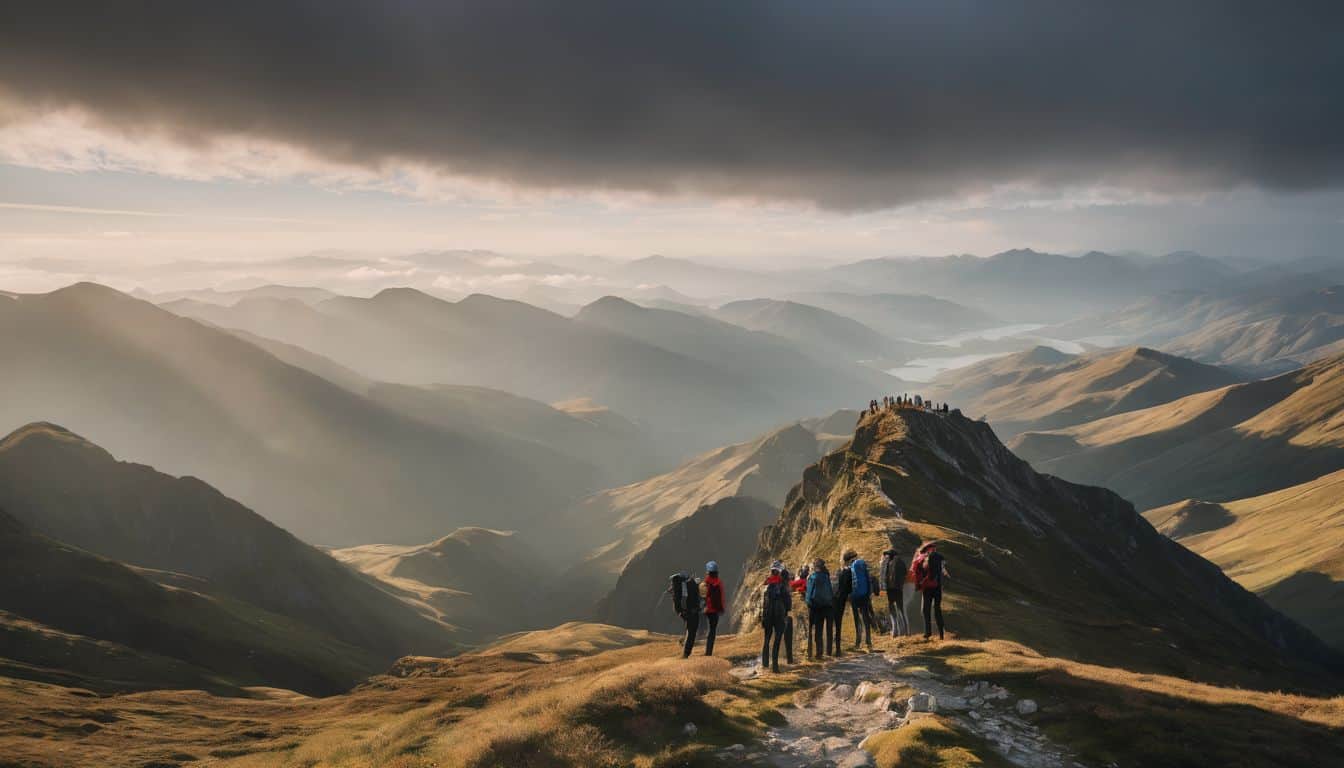
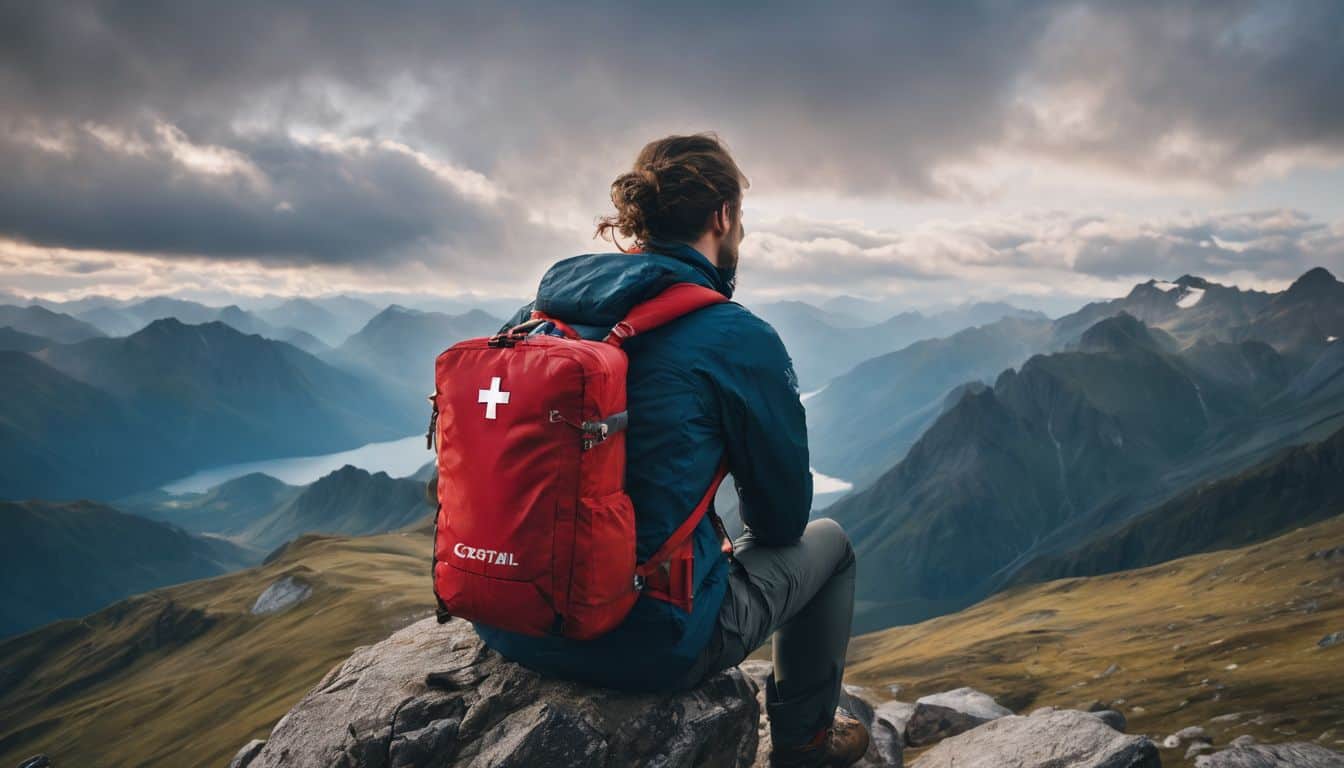
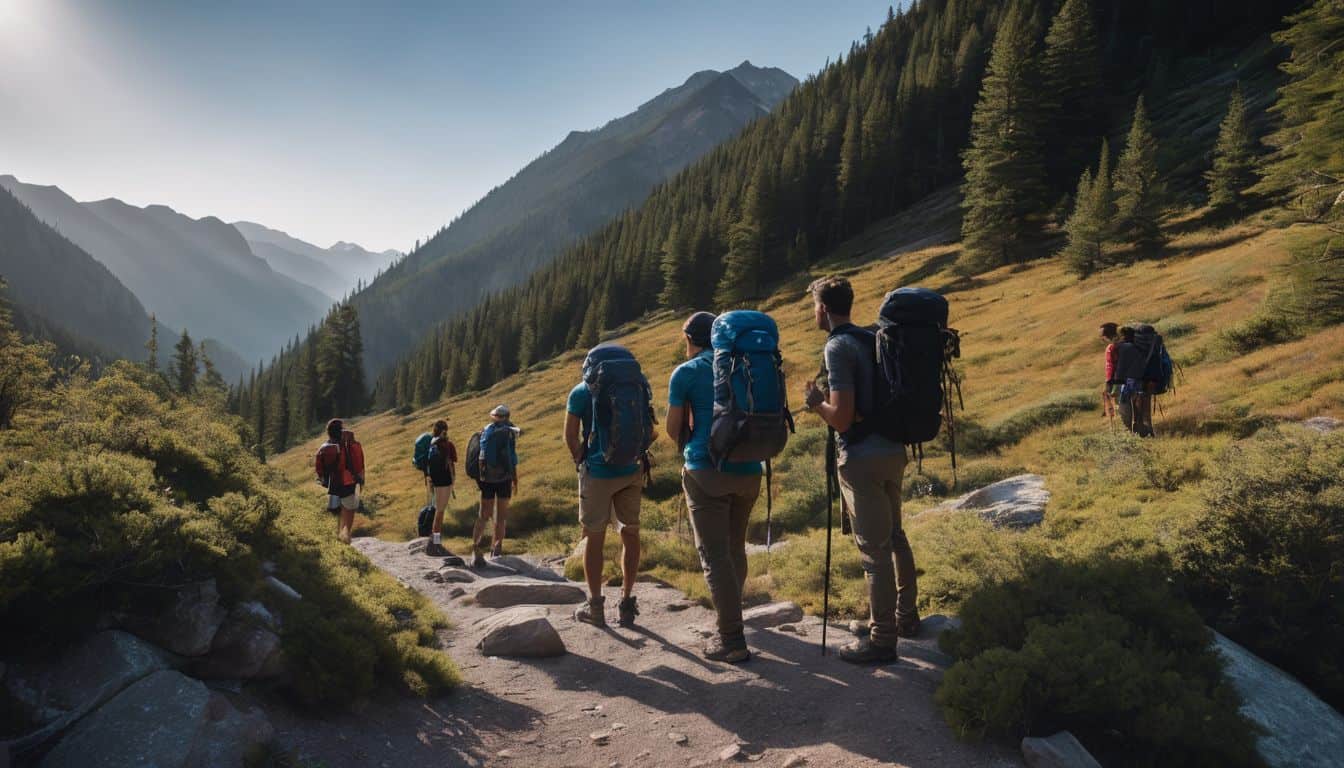
Leave a Reply